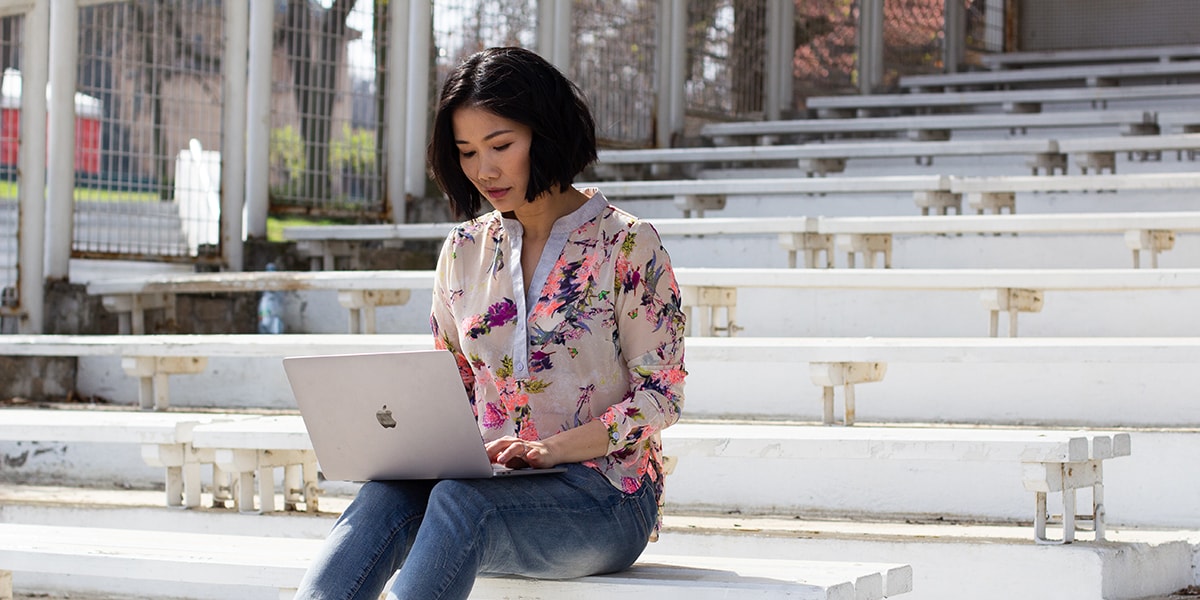“It’s all about video. And exclusive access. They really help convey nuance and emotion, which are so important to the stories of the art world,” says Ted Sandling, Programme Director of Online Courses at Christie’s Education. He introduces a new course Matisse to Magritte: Markets and Movements in Modern European Painting to be launched in May.
What are the current trends in online learning?
One really important trend is the move to video, just like the pivot to video that’s been apparent across the media. This isn’t something that all institutions can offer, because it requires a significant investment, but it really pays off in the student experience. We’re at the very forefront of this: our new courses are wholly filmed, and our lectures have the high-production values of a good documentary. This enables students to get closer to the art and to build a virtual relationship with their teacher. It really helps in conveying nuance and emotion – so important to the stories of the art world.
Is this your competitive advantage? The range of programmes and styles of online learning available is currently enormous.
Exactly! It’s all about video. And exclusive access. First of all, our courses are a sumptuous way to study. We develop courses that are important introductions to art history, and also programmes that are not well-served by other institutions, such as our course on jewellery across the twentieth century. We’re in production now for a similar introduction to watches. This all means that we’re able to give students knowledge that is difficult to acquire elsewhere. And lastly, we film with major figures in the art world, so our students get to hear voices that they just wouldn’t have access to anywhere else.
You are launching a new Matisse to Magritte: Markets and Movements in Modern European Painting online course this May. Which special features can students look for?
It’s a really wonderful course, which takes students from the Fauvism of Matisse through the first decades of the twentieth century to the Surrealism of Magritte. We got to work very closely with Christie’s specialist departments. For example, we filmed with Giovanna Bertazzoni, Co-Chairman, Impressionist & Modern Art, and Rebecca Wei, Chairman, Asia talking about today’s market. Michelle McMullan, Senior Specialist, showed us how to value works of art in the warehouse.
Since the launch in 2017, you have introduced four online courses to hundreds of students from almost 50 countries, which proves that the trend is truly global. Can students also interact with each other and how do they receive feedback?
There are three main ways they receive feedback. Students have detailed feedback on their submissions where courses offer written assignments; the course tutor posts regular announcements about what’s happening in the art world; and students’ own discussion boards allow them to post ideas and receive feedback from the community, which is very important. We have students from many different backgrounds: from those just starting out, to those with successful careers in law or finance, even to senior professionals in the art world. The interaction between them is part of their learning process.

